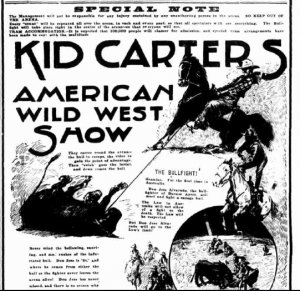When you’re writing about a relatively recent period – in my new book, 1920 – you’d think it would be easy to find out the information you need to know. It’s within living memory, if you can find any 95+ year olds.
But it’s not as easy as you think.
Take Justice Gordon of the Supreme Court of NSW. In 1920, Justice Gordon was in charge of the Divorce Court. I know this because the court lists were published daily in the newspaper. I know when he sat, what cases he heard, what his decisions were in each case, even some of the more sensational stories behind the cases (the days were long gone when every single divorce was described in full in the press, but the juicy stories still got a run).
So, in some ways, I know a lot about him. Then it came time to write the scene where he may, or may not, grant the herione a divorce.
It would be nice, I thought, if I could describe him accurately, so I went looking for an image of him.
1920, I thought. The Supreme Court will have images. The Law Courts Library will have images. The newspapers will have images.
No. Not one single photo of a man who served on the Supreme Court for almost 20 years.
It’s possible that the National Archives or the State Records Office have one because – brace yourself – the Law Courts Library was only built in the 1970s and doesn’t have anything much before then. They offloaded all the history from the previous library (yes, there was one) onto the State Archives, as it was then.
So I was faced with a dilemma: make up a fictional judge, or make up how Justice Gordon looked. Or, spend several days trawling through the archives (and driving over an hour each way to do it) in order to find a photograph which might not exist, all for a single sentence in one scene.
Guess which I picked? So the Justice Gordon I describe is pretty ‘generic judge’, because I didn’t want to insult any of the real Justice Gordon’s descendants.
But it goes to show how hard it can be to get the details right.
Another example: where did people go to vote in the 1920 NSW election? It was held in March. I found out how you got on the electoral roll (via the police, would you believe?) I know who stood, who was elected, what electorate my character is voting in; I’ve even figured out the weird system by which five people were elected to represent the same electorate. It was quite an education, to realise how much our electoral system had evolved in the first part of the 20th century.
But I could find no evidence of where the voting was held in my specific area. I resorted to calling my father who, at 92, wasn’t born at this point but I figured that if things were done the same way in the late 20s and 30s as they are now, they were probably done the same way in 1920. He said it was just as it is now, at the local schools.
Then I found a local paper from 20th March, 1920 (election day) – not from my area, which did not have a local paper at that point that I could find, but from Parramatta – and there, on the front page, was a list of all the polling places around the area. Local schools and church halls! So I could be reasonably sure it would be the same for my character.
So my polling station will be the local school. I haven’t yet decided whether there will be a fundraising stall with cakes and toffees outside… but surely that tradition sprang up on the instant, as soon as polling places existed? Lamingtons are universal, after all…
But the real problem with research is the great stuff you find that you can’t use. Alas, my characters will not see this extravaganza (at least in this novel):


really enjoyed this
Generic 1920s judges must have a gimlet stare, I feel. A ram-rod straight posture. A firm mouth, and of course authoritative hands. 😉
Yes, the gimlet stare. I must admit, I did give him a firm mouth! His decisions show that he was pretty hard line when it came to divorces. No easy outs – so I thought I was on pretty solid ground with the firm mouth. Haven’t thought about the hands…
So, so true. Two days’ research resulting in one sentence in the first draft – which could then disappear in rewrites … But you have to do it. Wouldn’t feel right otherwise. And the stuff you think would be easy to find, but isn’t. I once spent weeks trying to find out how tall Rudyard Kipling was. Should be in every biography, right? Not so much …
And the photos there are of him are mostly of when he was elderly,so also harder to figure out what he was in his prime! As you say, it all might disappear in the rewrite, but it adds to the sense of place and time for the reader, even if they don’t know it!